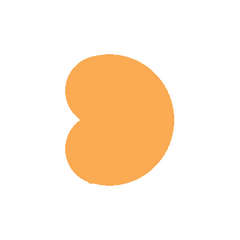Who to trust?
I did a presentation two weeks ago to an international company in Belgium about the impact of Internet channels on their B-t-B media mix. During the discussion we started talking about the way consumers deal with the lack of trust related to news or insights presented via the web. The equation "for free = no value = no trust" holds true for a great number of people. A study from Forrester shows that although trust in traditional media as television, newspapers and magazines reduced over the period 2002-2204 , it is still more than double that of Internet. However consumers develop alternative strategies. When asked who they trust for product information, consumers rate recommendations from friends/family, online consumer opinions and requested email updates higher than advertisements on television, radio or magazines. Other research from Forrester shows that more than 20% of European online consumers sent a link to friends or family and also visited links provided by friends or family. It looks like that word-of-mouth and buzz marketing is the driving force behind the growth of social networks. This could also imply a revival of customer magazines on the condition that customers can participate.














